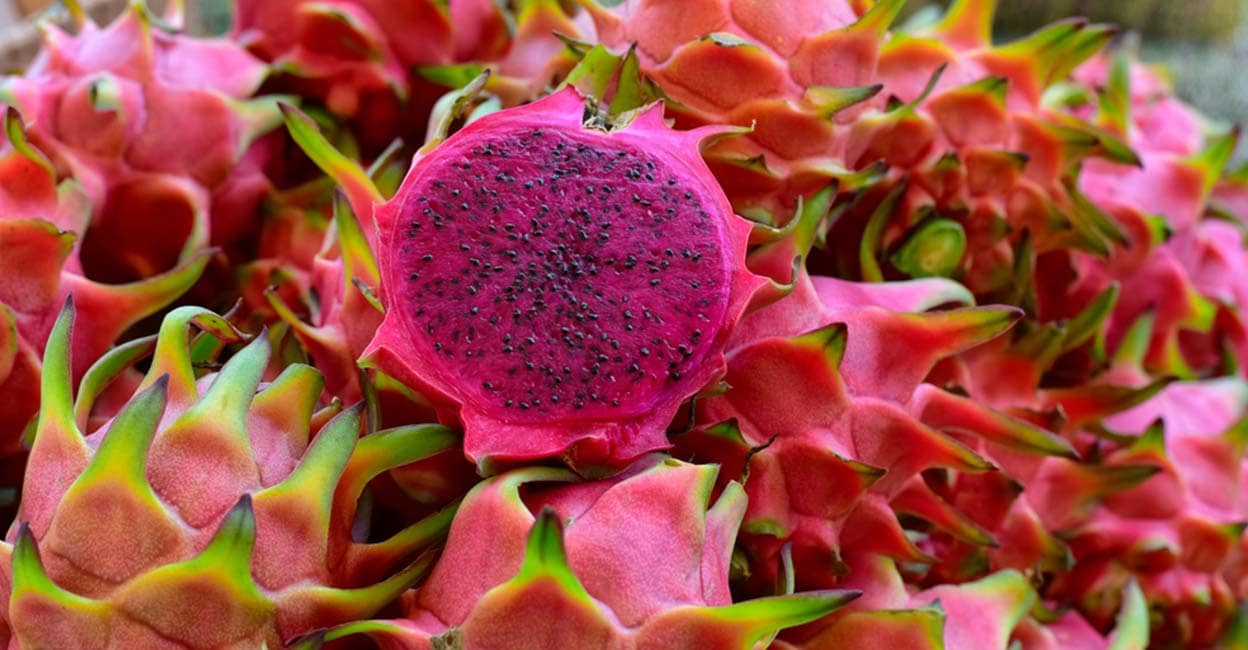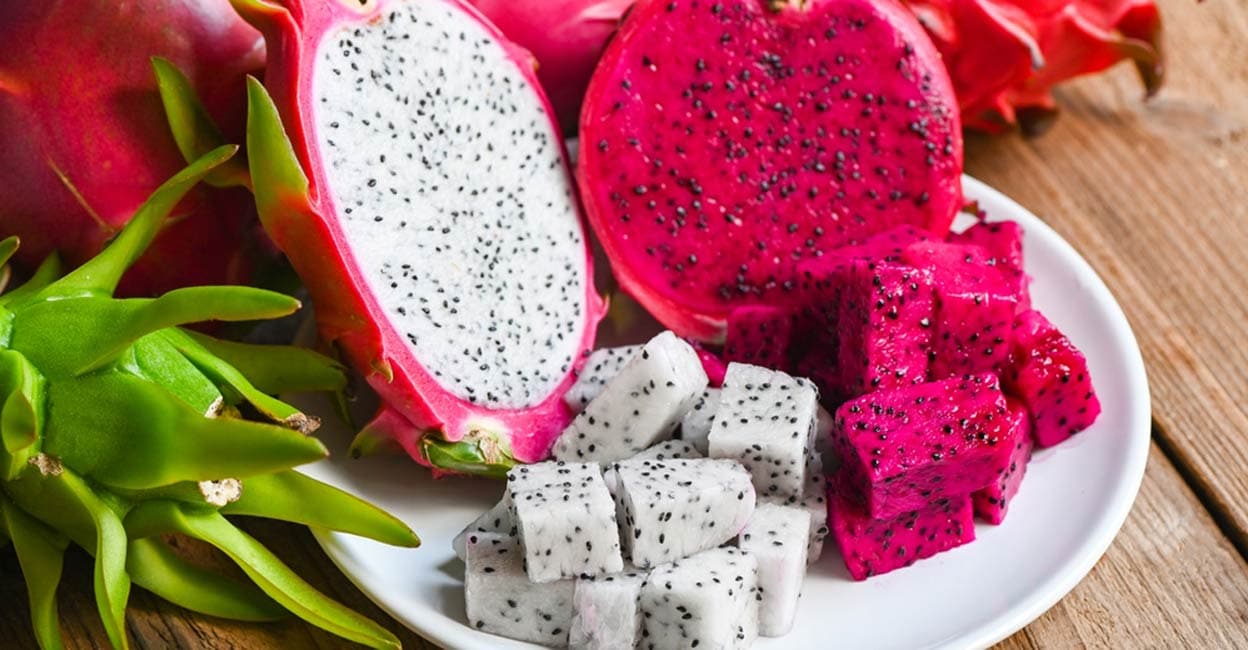Why does your local dragon fruit taste bland? Discover where to find sweeter varieties

Mail This Article
Dragon fruit’s vibrant, exotic appearance—whether bright pink or yellow with spiky scales—makes it a social media favourite. But what about its taste? And how does it compare to pitaya? Although the terms “dragon fruit” and “pitaya” are often used interchangeably, they refer to different species with subtle but important differences.
Native to Central and South America, pitaya is traditionally used to describe the fruit of the Stenocereus cactus. It's often smaller, with spikier skin and a sweeter flavour. The term "dragon fruit" generally refers to the Hylocereus species, which is cultivated globally and more commonly found in markets, especially in Southeast Asia, the US, and Europe.

Pitaya is known for its richer, more complex sweetness and juicier texture. Pitaya tends to offer a fuller flavour experience.
While visually striking, dragon fruit can sometimes have a mild, even bland taste. Its texture resembles that of a kiwi, with small seeds embedded in the flesh.
The flavour varies across varieties of dragon fruit:
- Red or pink skin with white flesh (Hylocereus undatus)
- Red/pink skin with red or purple flesh (Hylocereus costaricensis)
- Yellow skin with white flesh (Hylocereus megalanthus)
Availability
Pitaya: Predominantly grown in Central and South America, pitaya is less common in international markets but widely consumed locally.
Dragon fruit: Dragon fruit is more widely cultivated, especially in countries like Vietnam, Thailand, Malaysia, and more recently in India, Australia, and the US. Its commercial availability and adaptability to different climates have made it popular in global markets.
Dragon fruit in Kerala
In Kerala, dragon fruit is still a relatively new crop. Local varieties might not yet match the sweetness of imported fruits from regions like Ecuador, the US, and Southeast Asia. However, farmers in Kerala are working on improving the sweetness by experimenting with over 80 different varieties, including ones from Taiwan. Factors like soil quality, climate, and harvest timing play a significant role in the sweetness of the fruit, and early harvests can result in bland or watery flavours. With ongoing experimentation, Kerala-grown varieties are expected to become sweeter in the future.
Nutritional benefits
Both pitaya and dragon fruit are packed with nutritional value, offering:
- High fiber content
- Rich antioxidants (especially betalains in red-fleshed varieties)
- Low calories
- A good source of vitamin C, magnesium, and iron

Although dragon fruit and pitaya are closely related, they come from different species and offer distinct flavour profiles. Pitaya tends to be sweeter and juicier, while dragon fruit, though more widely available, is milder in taste. As the popularity of dragon fruit grows, especially in regions like Kerala, ongoing cultivation efforts may soon offer sweeter, more flavourful local varieties. Until then, imported options often provide a richer sweetness.

